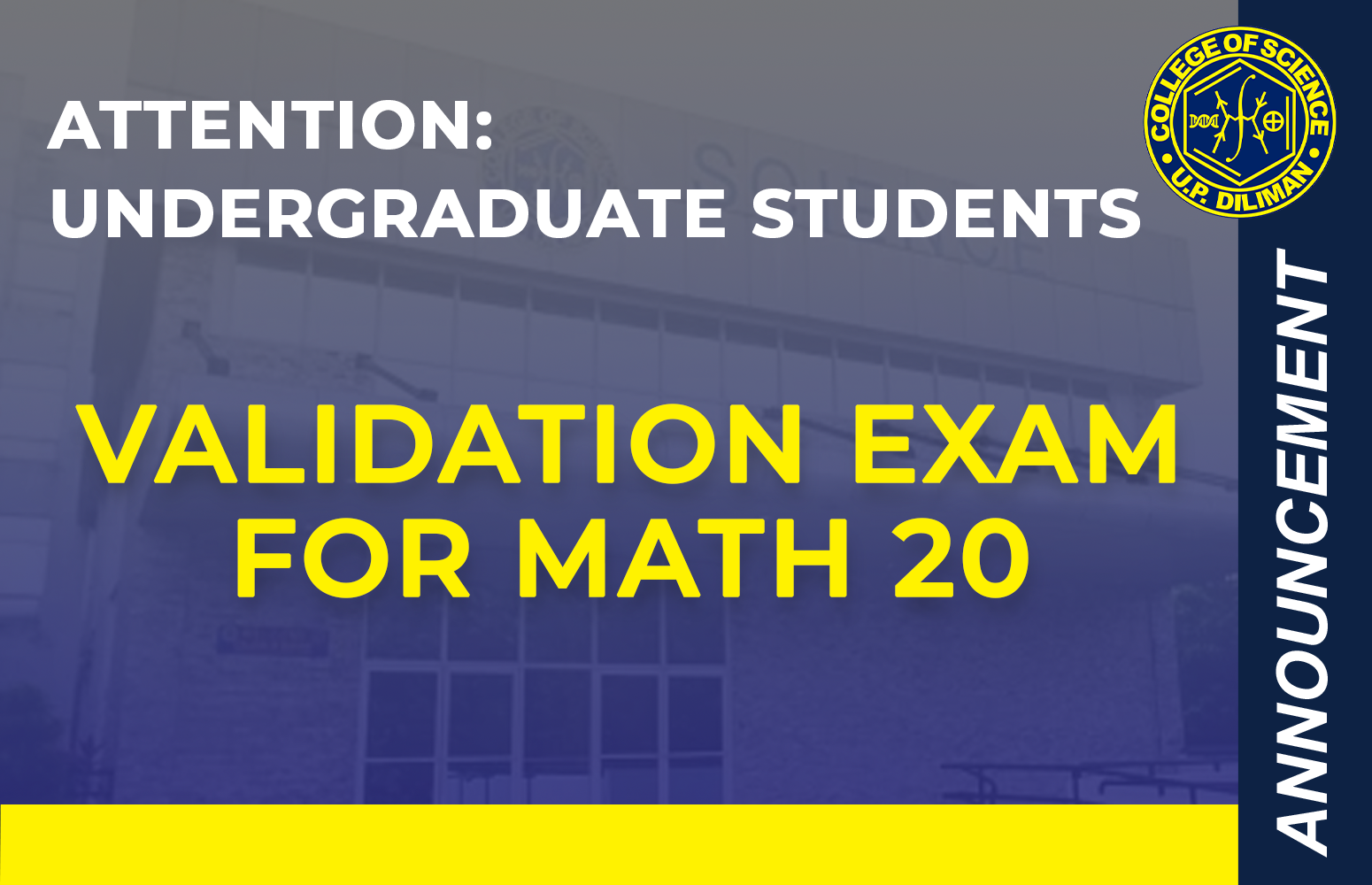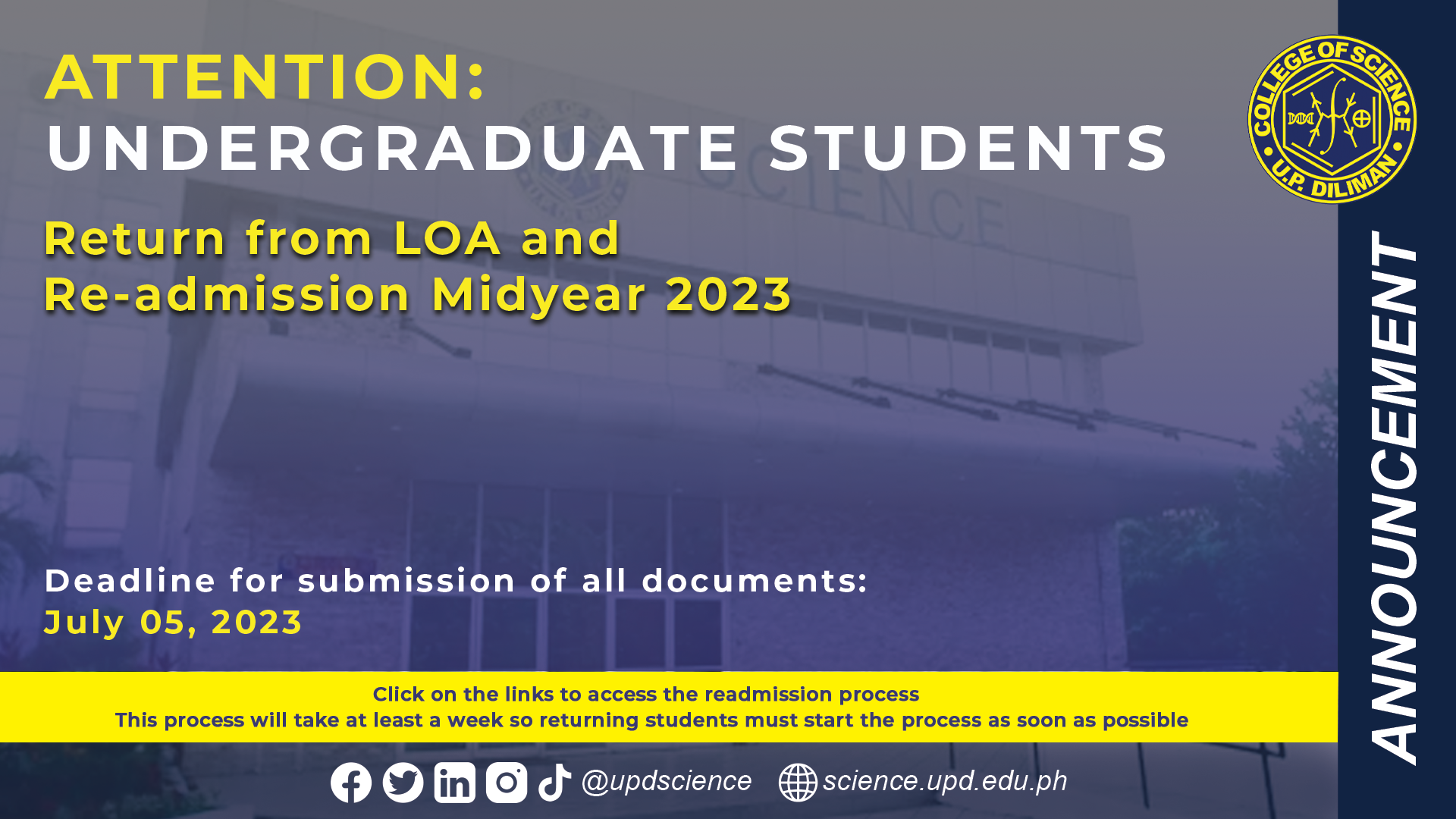Advanced Placement Exam for Math 21
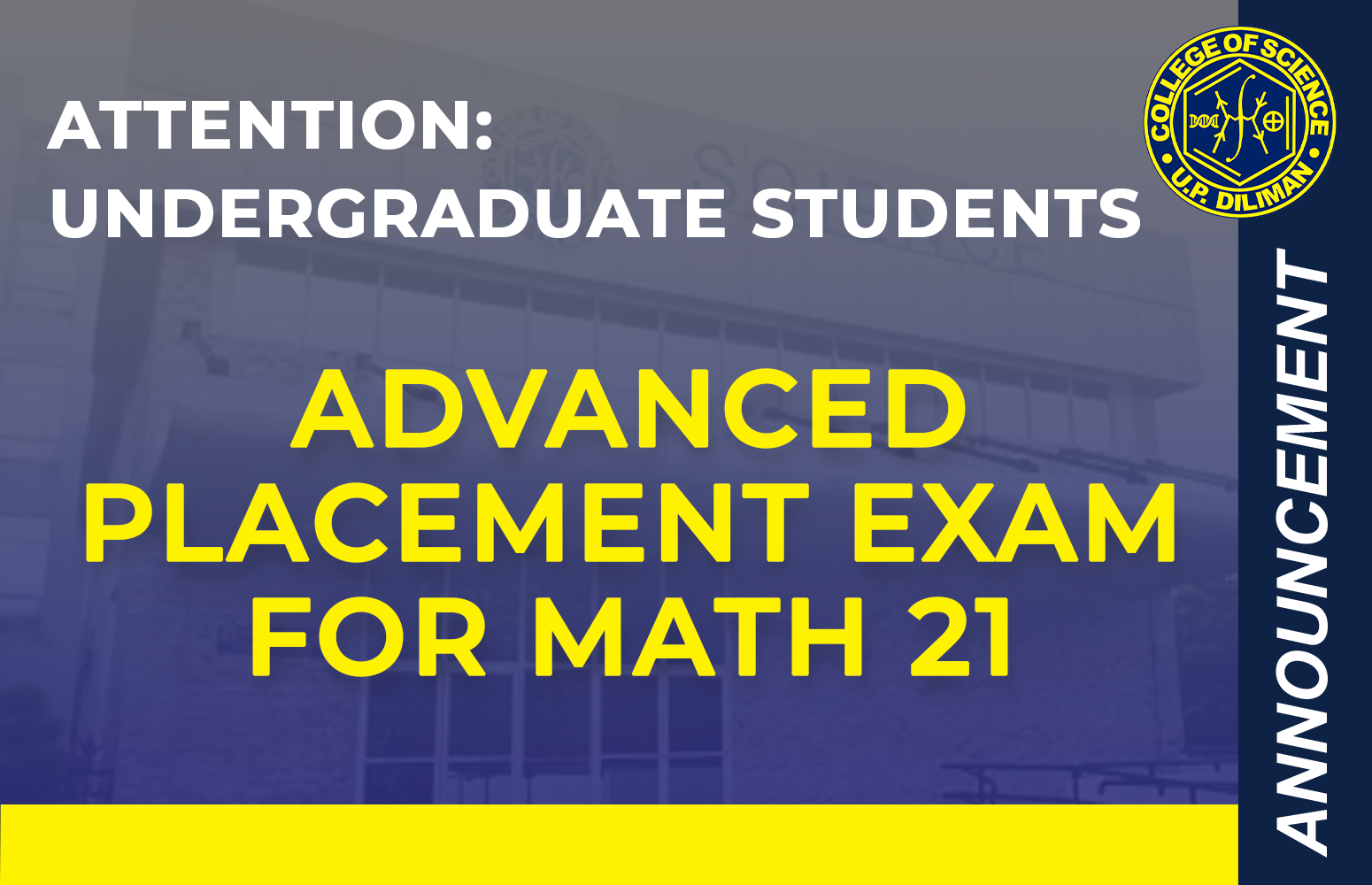
Advanced Placement Exam For Chem 16/16.1
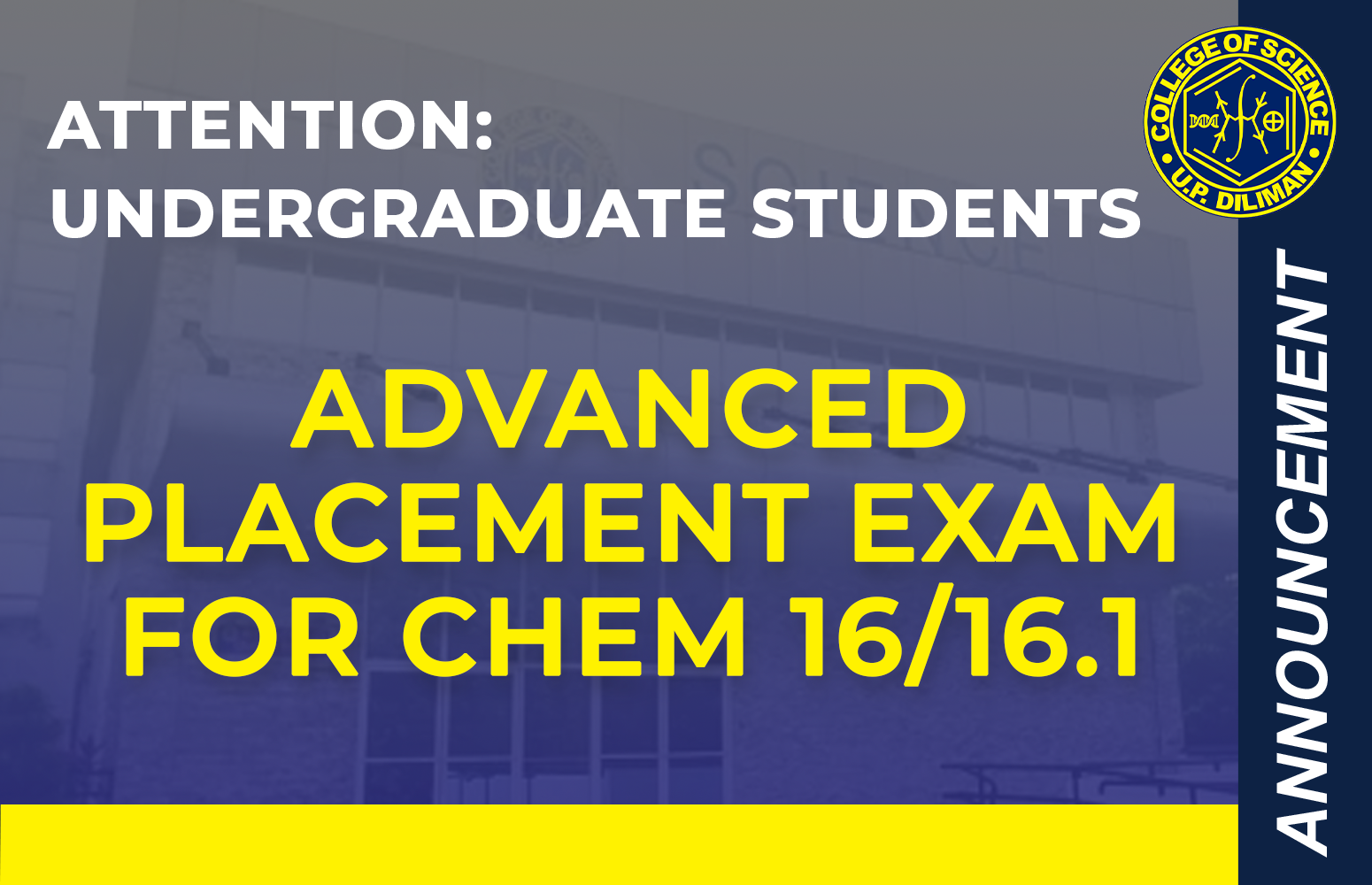
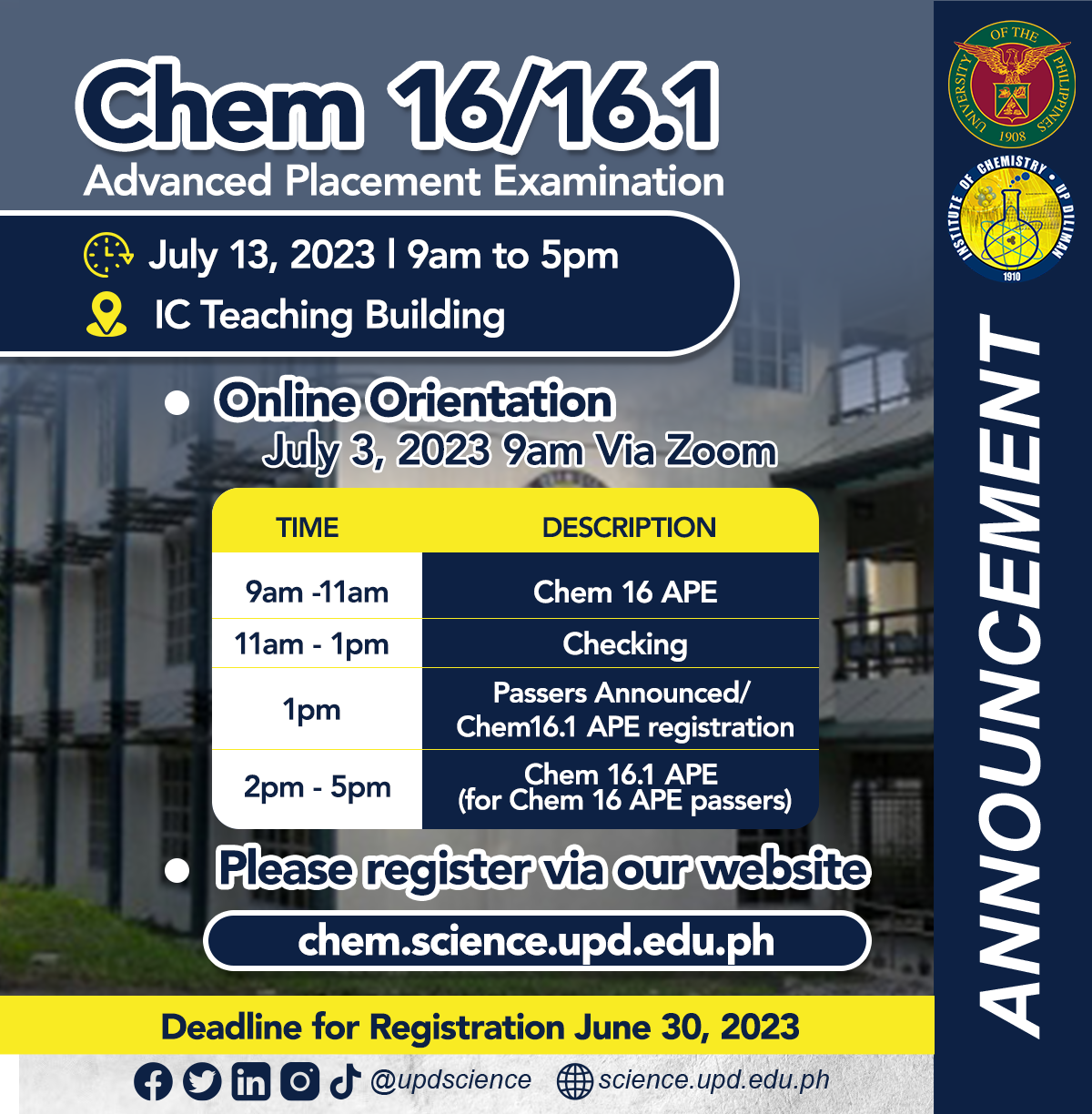
Return from LOA and Re-admission for Midyear 2023
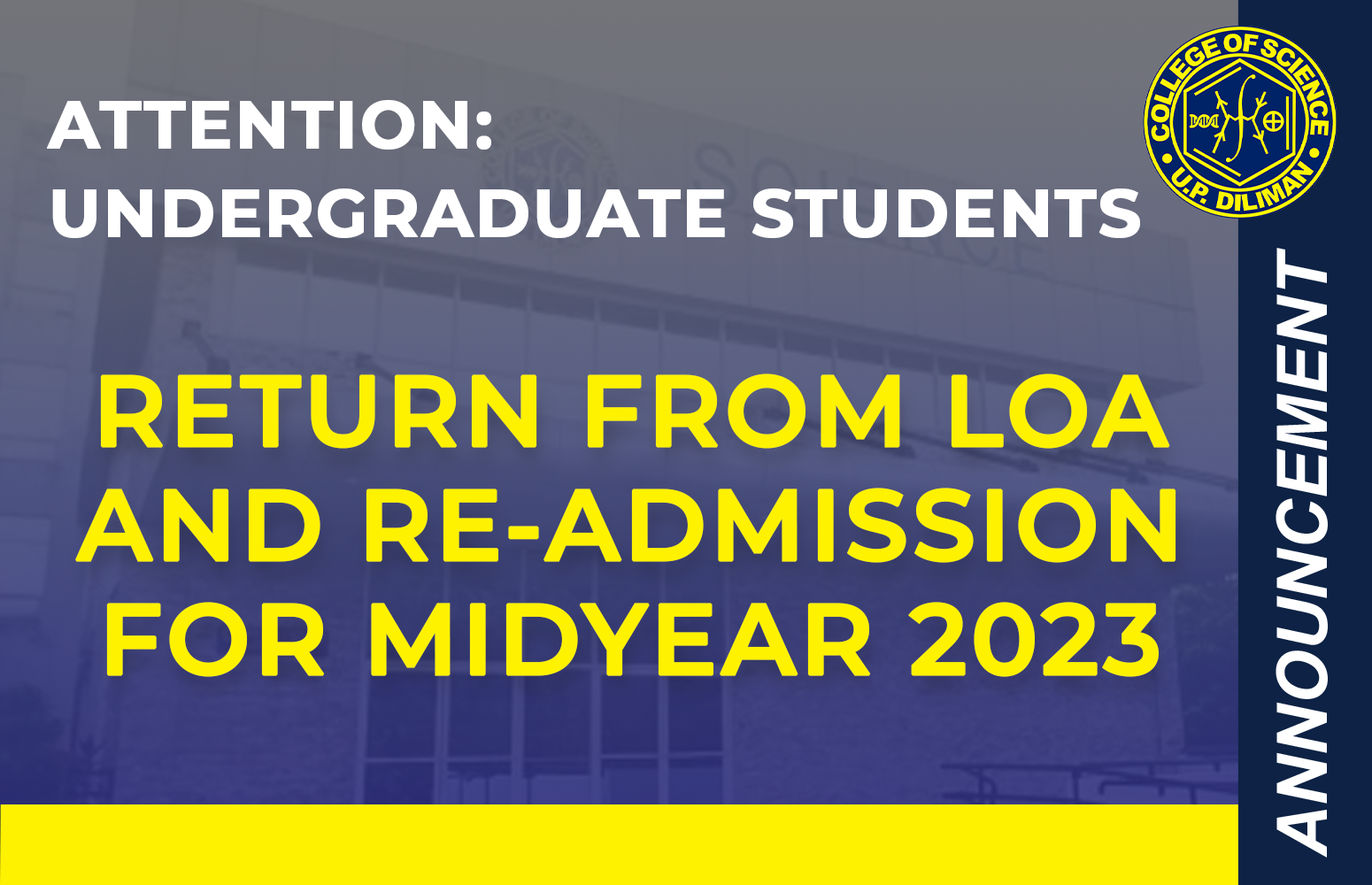
Pinoy scientist heads int’l study on dark quantum matter
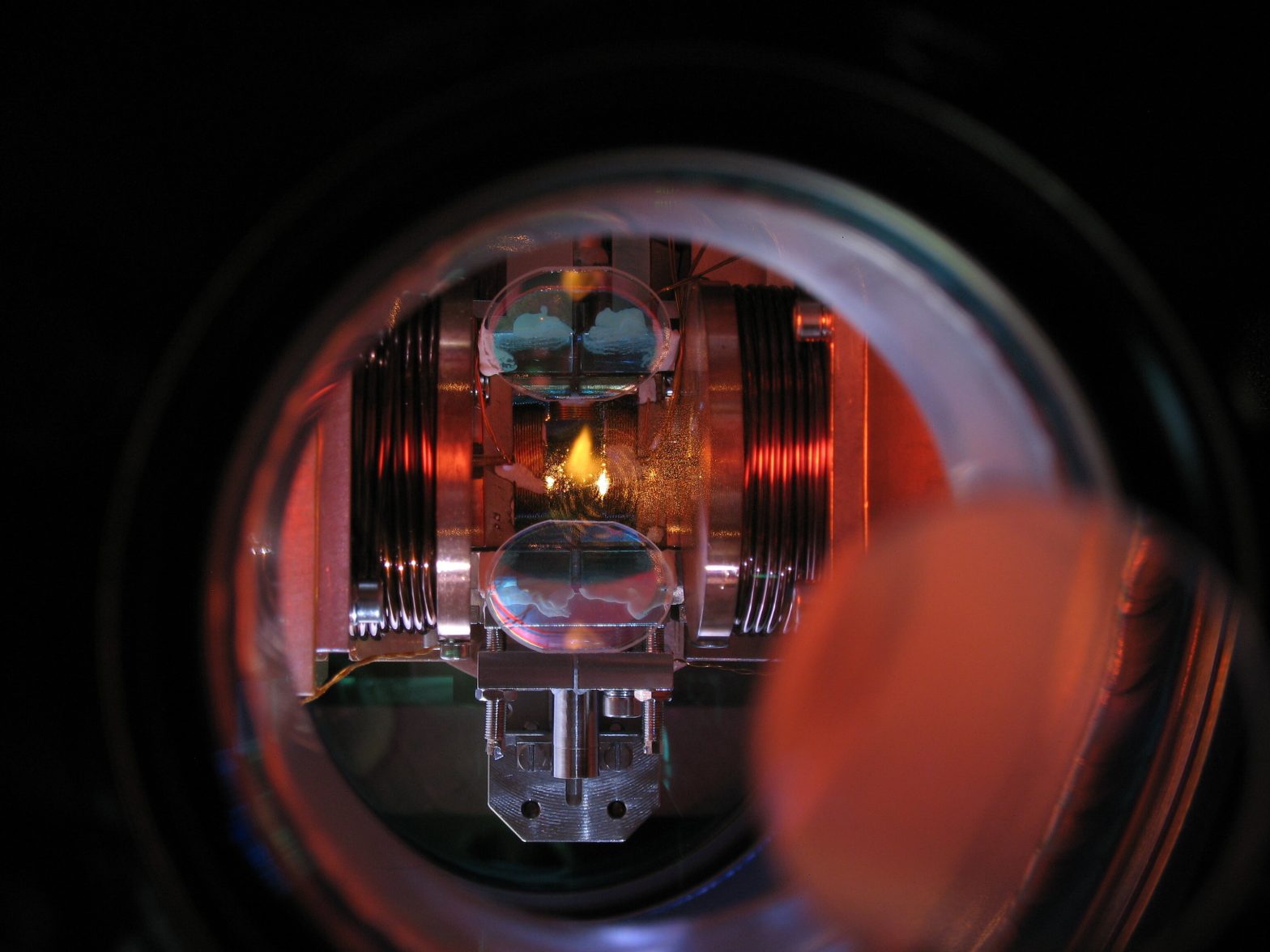
Pinoy scientist heads int’l study on dark quantum matter
Published: May 30, 2023
By: Timothy James M. Dimacali
Filipino physicist Dr. Jayson Cosme from the University of the Philippines – Diliman College of Science National Institute of Physics (UPD-CS NIP) recently led a team of six Germany-based researchers in pioneering a way to make a special kind of “dark” matter that can’t be observed using standard laboratory methods. His team’s findings were published in the prestigious international journal, Physical Review Letters.
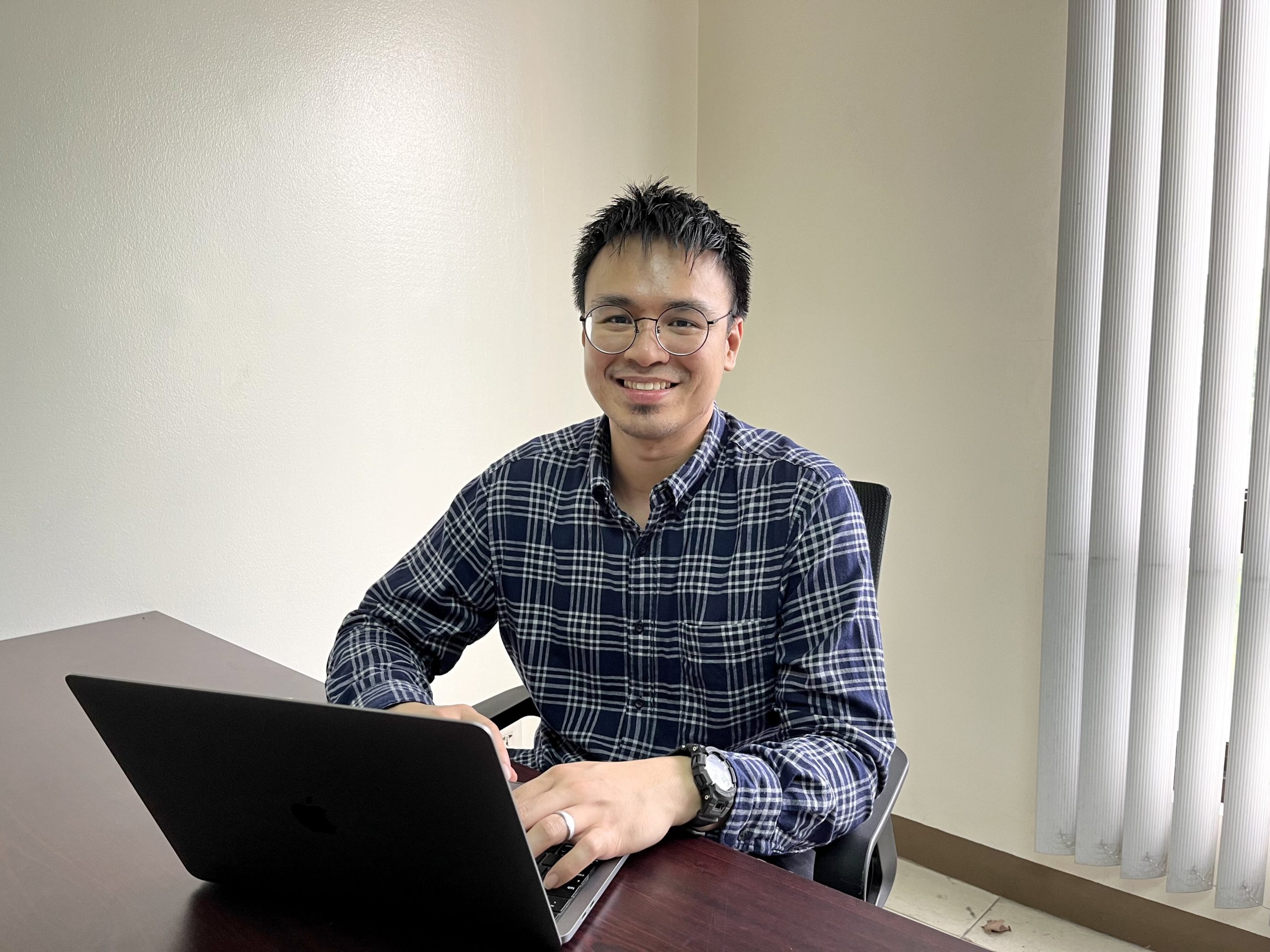
Scientists are able to use laser beams to slow down the movement of the atoms in a material, causing its temperature to drop. When the temperature goes down almost to absolute zero, the individual atoms can condense together into a new state of matter with quantum properties that behaves almost like a single giant atom. Renowned physicists Albert Einstein and Satyendra Nath Bose were the first to predict its existence, hence it was named after them and is now called a Bose-Einstein Condensate (BEC).
BECs can be observed and studied using special cameras. However, Dr. Cosme’s team was able to use lasers to further manipulate them so that they can’t be observed using these standard methods. “By shaking BECs in the right way, we can cause them to become quantum objects that don’t absorb, reflect, nor emit light—hence, ‘dark,’” he explained.
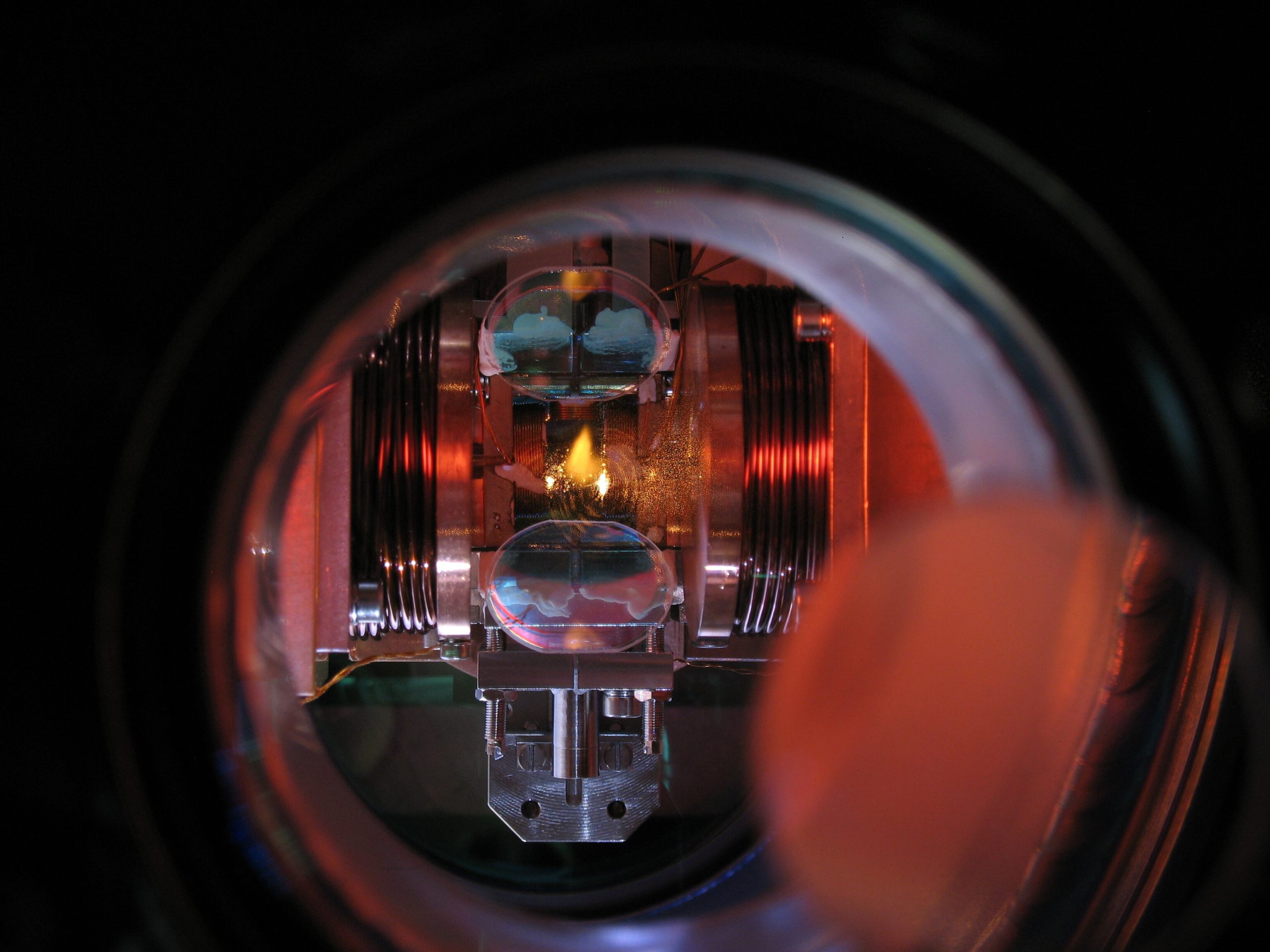
Dr. Cosme expressed pride and gratitude at being given the opportunity to helm an international team composed of some of the foremost researchers in his field. “I’m very honored and thankful to have been the last author on this paper, as my colleagues are all working from Germany,” he said.
“This has been a very deep cooperation between myself and the group of Prof. Andreas Hemmerich, who studied under Nobel Laureate Theodor W. Haensch; as well as Prof. Ludwig Mathey’s group, which includes my close collaborator, first author Jim Skulte,” he explained.
For interview requests and other concerns, please contact media@science.upd.edu.ph.
Sources:
Jim Skulte, Phatthamon Kongkhambut, Sahana Rao, Ludwig Mathey, Hans Keßler, Andreas Hemmerich, and Jayson G. Cosme. Condensate Formation in a Dark State of a Driven Atom-Cavity System. Physical Review Letters. (2023). https://doi.org/10.1103/PhysRevLett.130.163603
UPD-CS scientist co-invents defense vs invasive alien species
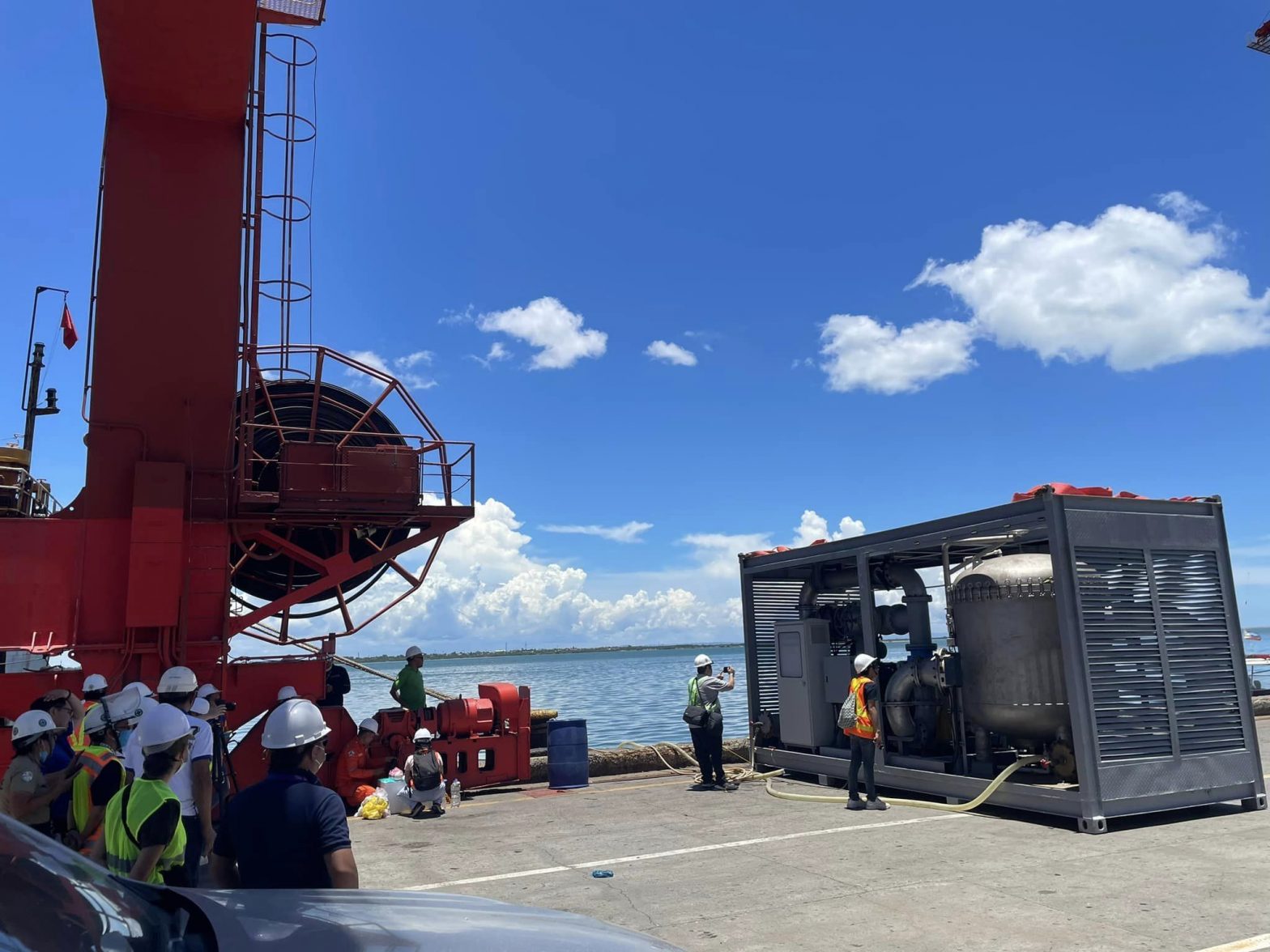
UPD-CS scientist co-invents defense vs invasive alien species
Published: May 26, 2023
By: Eunice Jean C. Patron
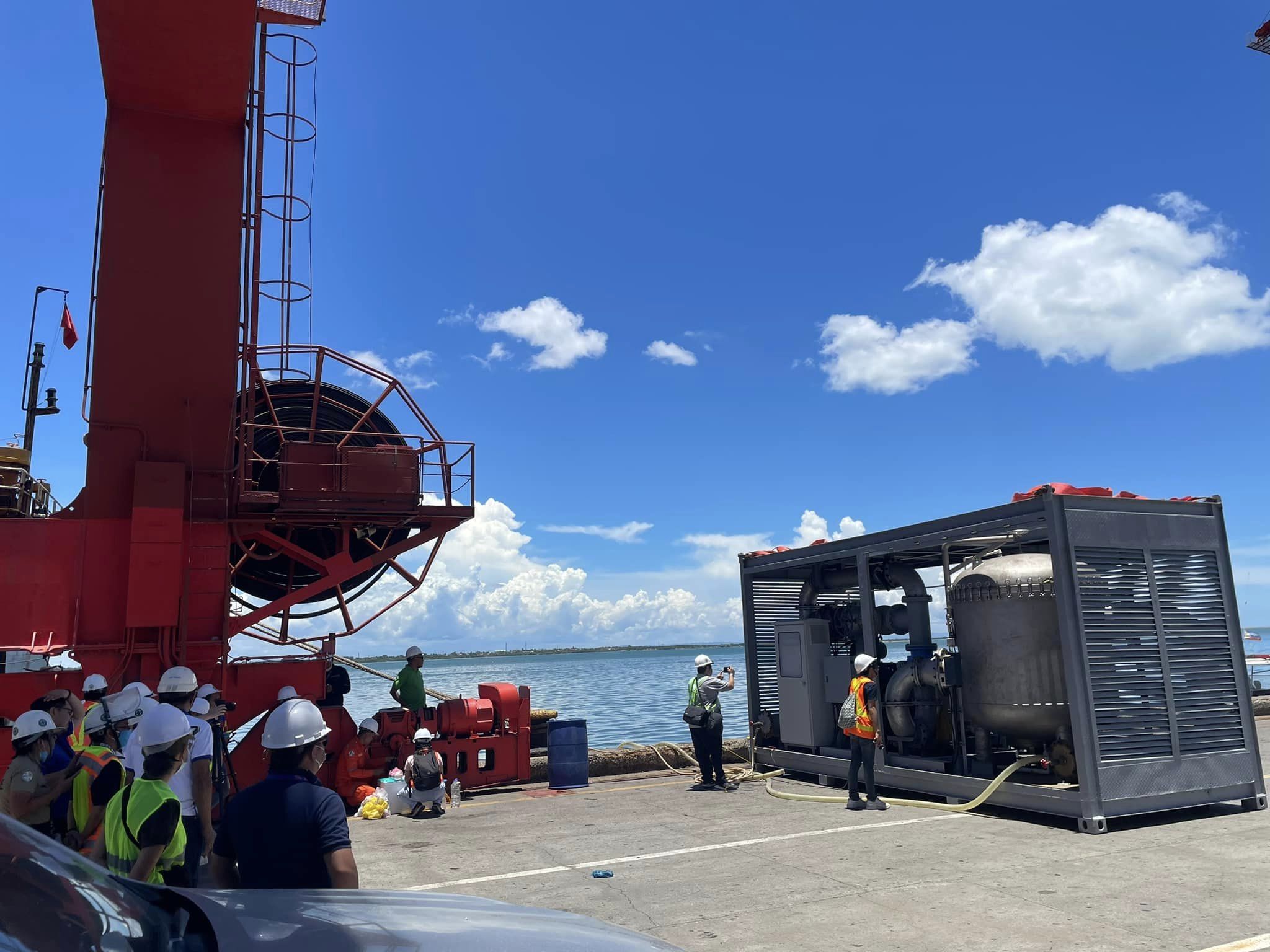
All over the world, cargo ships and other large vessels routinely fill their ballast tanks with seawater to help keep afloat on rough seas. This ballast water is usually released at the ship’s destination, bringing with it invasive animals, plants, microorganisms and other alien species that can devastate local marine biodiversity and coastal ecosystems.
Such invasive alien species have cost over US$1.1 trillion worth of damage worldwide between 1960 and 2022 alone, according to an international study. The cost of managing invasions has cost the world an estimated US$95.3 billion since 1960.
This global problem prompted scientists from the University of the Philippines – Diliman College of Science (UPD-CS) and the University of Cebu to invent a port water treatment system that costs just ₱12 million or only around $200,000—a small fraction of the cost of other commercially-available systems, which can run as high as US$5 million.
“Our system utilizes UV sterilization and mechanical methods to treat ballast water, and has proven promising in initial tests in decreasing the number of invasive species translocated from port to port,” said the system’s co-inventor, UPD-CS Institute of Environmental Science and Meteorology (IESM) Professor and Ballast Water and Biofouling Management Research Program Leader Dr. Benjamin Vallejo Jr.
“It complies with the IMO D-2 standard for ballast water treatment and can be used until the local industry can install its own onboard treatment systems,” he added.
This is a very timely invention considering that, in 2018, the Philippines ratified the IMO’s 2004 Ballast Water Management Convention, which imposes regulations on the proper handling and treatment of ballast water. Thus, Philippine ships constructed after 2018 are mandated to have a port ballast water treatment system. And by 2024, all ships are expected to treat their ballast water before release.
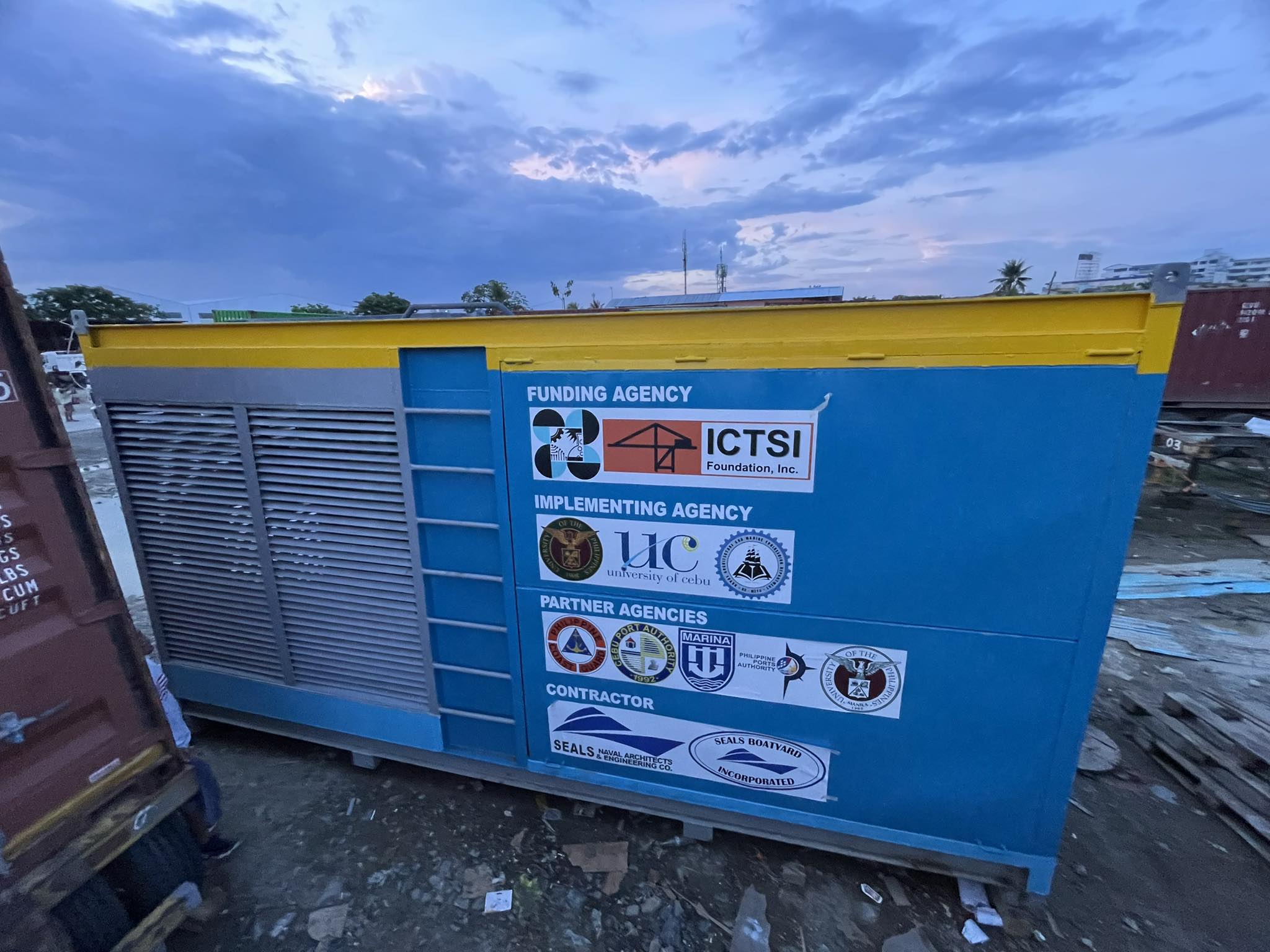
“We hope this treatment system will be cheaper than other costly comparable systems. Now is the opportunity for Filipino investors to break into Southeast Asia’s ballast water treatment market,” Dr. Vallejo urged.
Dr. Vallejo will discuss his alternative ballast water treatment system for ships at the upcoming iStories webinar hosted by UPD-CS on May 29, 2023. The webinar will dive deeper into the ideation process and development of the treatment system and its mass production and distribution.
iStories is a series of innovation-themed talks, storytelling, and activities featuring local and international scientists. The initiative aims to ignite the creativity and inventiveness of young scientists not just from UPD-CS but from other institutes inside and outside UP.

The third session of iStories on May 29, 2023 (Monday) will be held on Zoom.
The iStories series is scheduled for 3:00 pm every last Monday of the month. To join, you may register through this link https://bit.ly/iStories3rd. Subscription to the entire iStories webinar series is also possible through the same form.
For inquiries about iStories, please message adride_staff@science.upd.edu.ph
For interview requests and other media concerns, please contact media@science.upd.edu.ph
Sources:
Ross N. Cuthbert et al. Biological invasion costs reveal insufficient proactive management worldwide. Science of The Total Environment, Volume 819, 2022. https://doi.org/10.1016/j.scitotenv.2022.153404
Ballast Water Management. International Maritime Organization. (n.d.). https://www.imo.org/en/ourwork/environment/pages/ballastwatermanagement.aspx
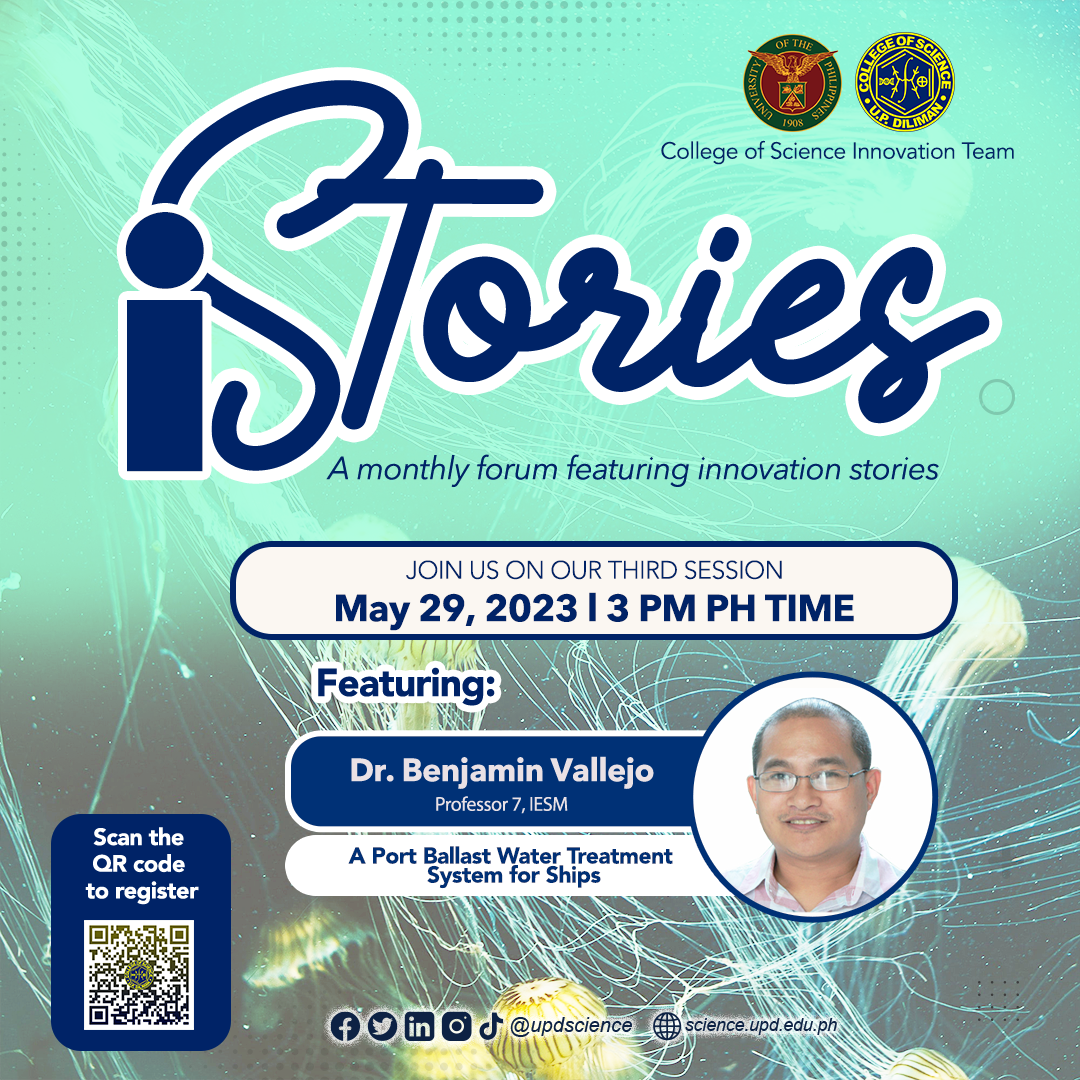
UPD-CS moves to boost PHL’s scientific output with better resource procurement
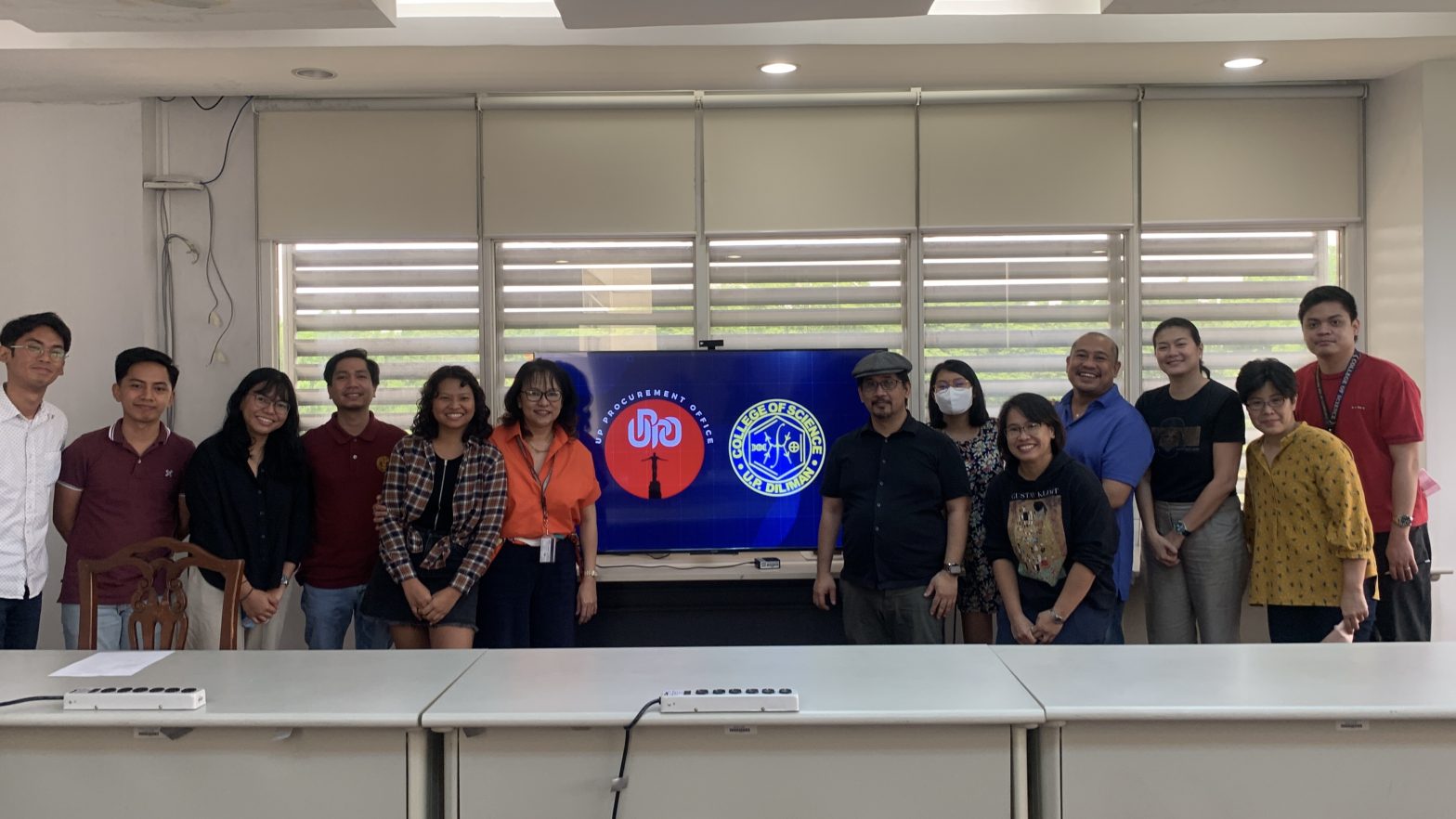
UPD-CS moves to boost PHL’s scientific output with better resource procurement
Published: May 24, 2023
By: Eunice Jean C. Patron
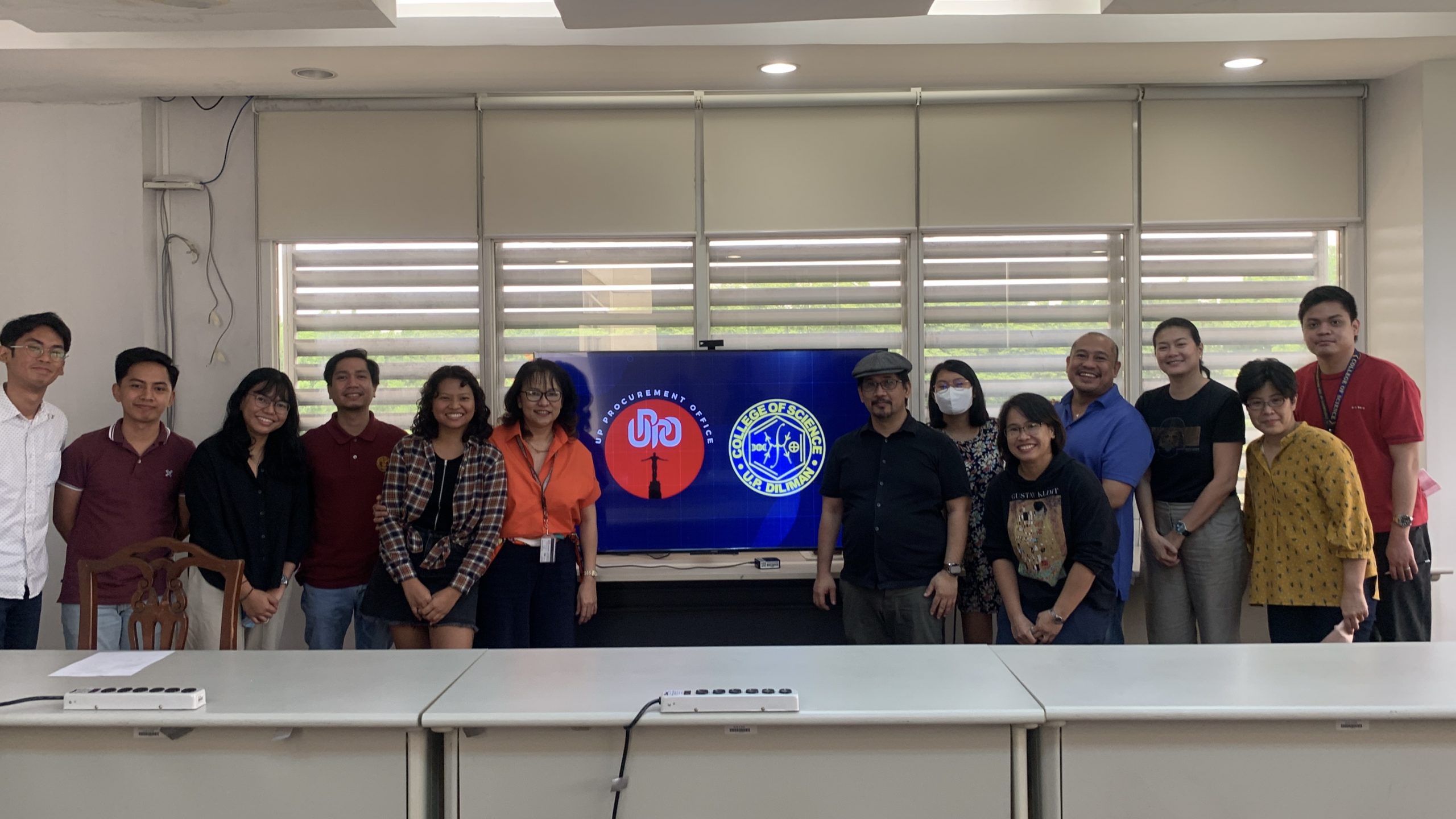
The University of the Philippines – Diliman College of Science (UPD-CS) already produces a sizable share of the Philippines’ total scientific output, but aims to further this by improving and hastening its procurement of resources.
“As much as 44% of all the publications in UP Diliman come from the College of Science. This is equivalent to 10% of the output of the entire UP system, and 2.5% the output of the entire country,” UPD-CS Dean Giovanni Tapang said at the recent launch of the College’s training partnership with the UP Procurement Office (UPPO).
With over 400 faculty members, half of whom hold doctorate degrees, the UPD-CS is at the forefront of scientific research in the Philippines. Apart from this, the College also mentors a significant portion of the country’s future science, technology, and innovation leaders: it currently produces over 300 graduates per year, at the undergraduate and graduate levels combined.
Yet, in 2019 alone, the Philippines only had 189 scientists per million population—a far cry from the ideal 380 scientists per million, according to data from the National Academy of Science and Technology (NAST). Dean Tapang hopes to boost UPD-CS’ capacity to address this gap by implementing better procurement processes.
“We need to know how to spend money wisely to get things done. We want our people to know what to do so they can conduct their research as efficiently as possible. It’s not a science per se, but it can be solved by science,” he said.
Dean Tapang underscored the direct importance of the procurement process on scientific research itself, pointing out that streamlining these procedures would have a positive impact on the College’s output. UPPO Director Atty. Flor Rissa Ofilada concurred, even as she underscored the crucial roles of both researchers and administrators in scientific advancement.
“At each stage of the procurement process, the end users assume a crucial role as the process’ main actors. They are the initiators,” Atty. Ofilada said. “Our research assistants and administrative officers are important, as they are the main driving force behind procurement not only in the College but also in the university. No procurement activity can occur without their proactive involvement,” she concluded.
For interview requests and other concerns, please contact media@science.upd.edu.ph.
Sources:
Arayata, Ma. C. (2019, July 12). PH needs more scientists: NAST. Philippine News Agency. https://www.pna.gov.ph/articles/1074747
UPD-CS NIP physicist co-authors groundbreaking research on mysterious superconductors
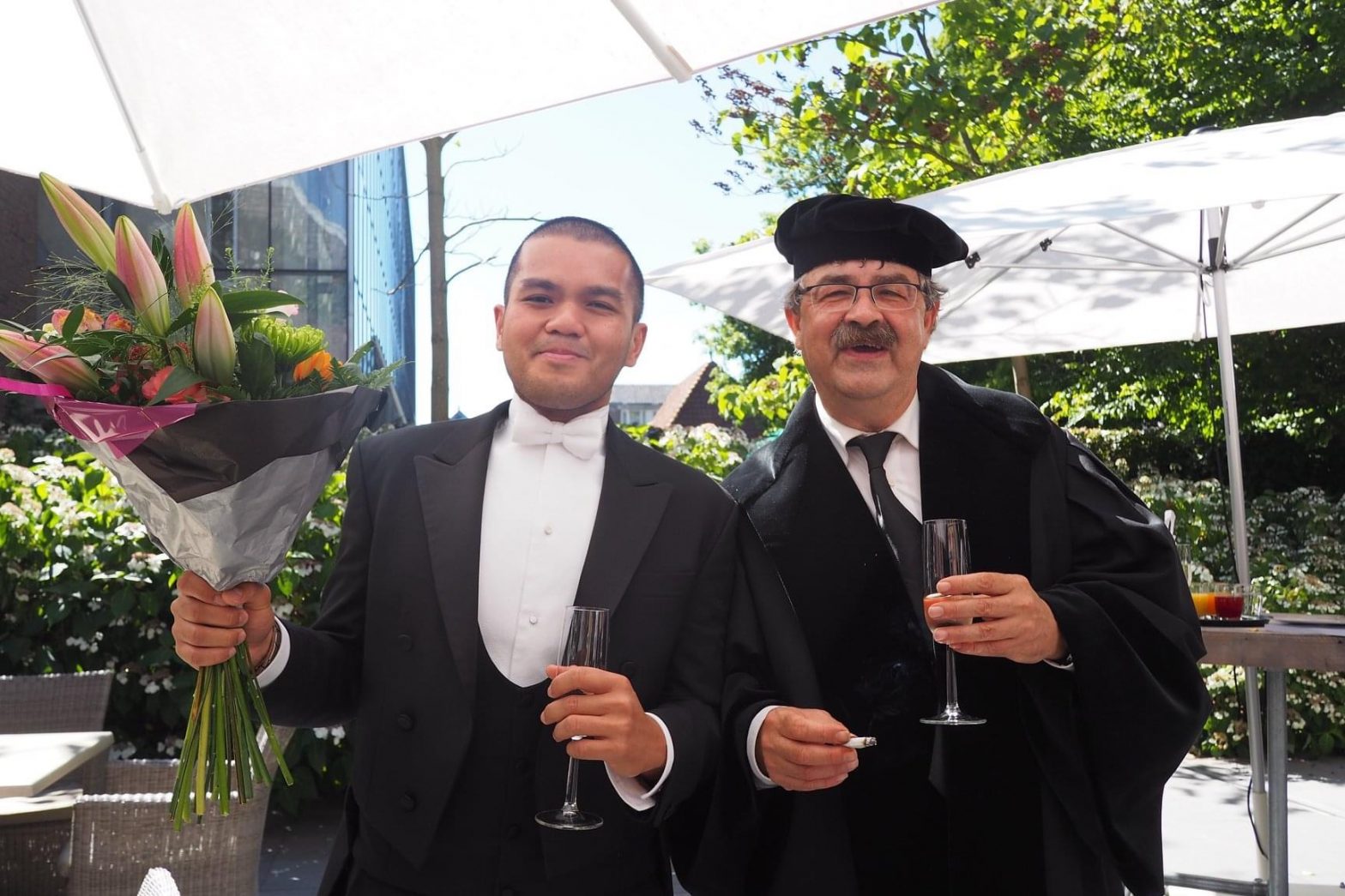
UPD-CS NIP physicist co-authors groundbreaking research on mysterious superconductors
Published: May 10, 2023
By: Timothy James M. Dimacali
A team of physicists, including a Filipino researcher, have found that existing theories don’t completely account for the mysterious behavior of high-temperature superconducting materials that have left even Nobel laureates stumped for decades. The team’s discovery, which promises to spark completely new lines of research, was published recently in the prestigious journal, Nature Materials.
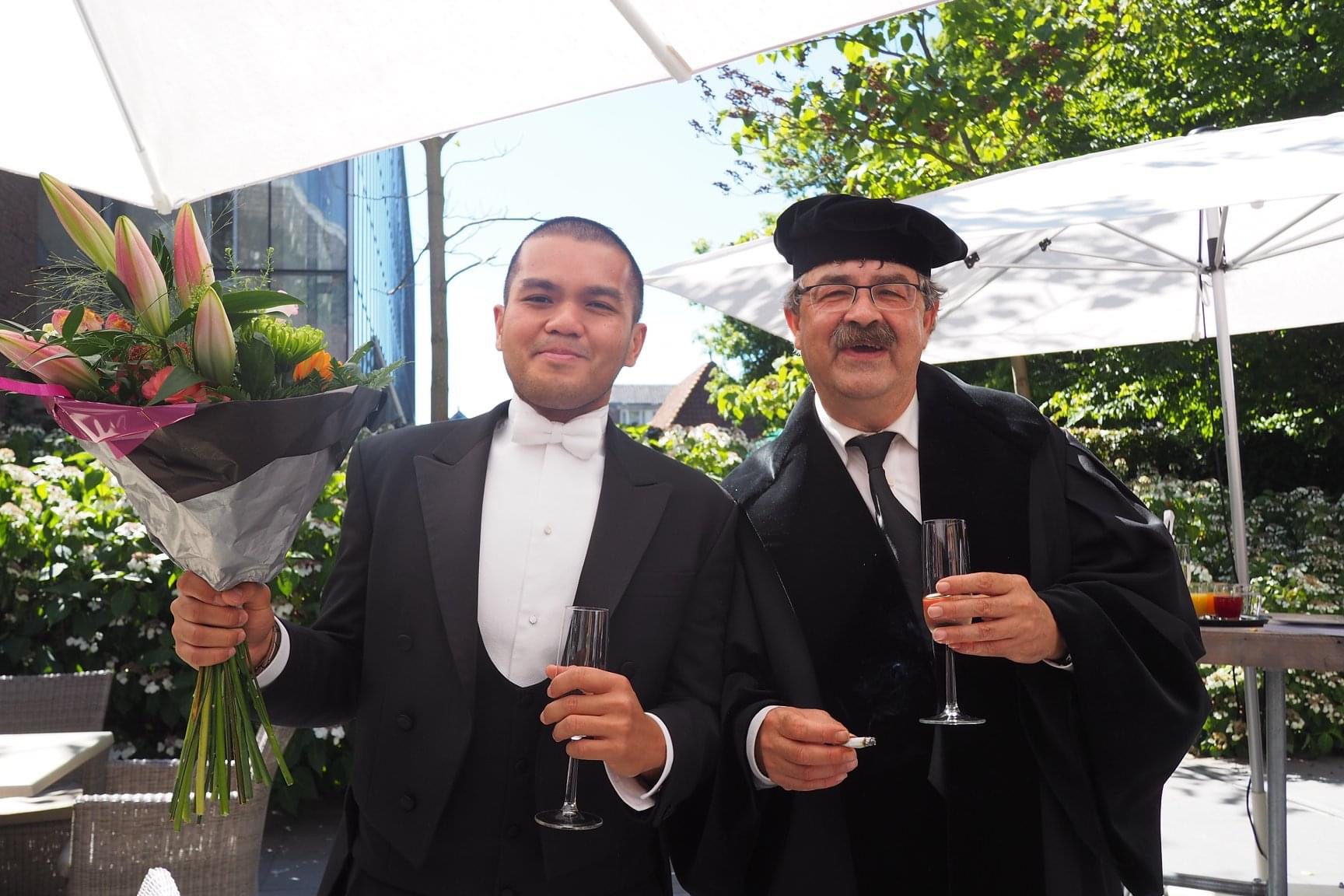
Superconducting materials enable electricity to pass through them with no resistance, potentially allowing the creation of everything from magnetic-levitation trains to unprecedentedly powerful supercomputers. For a special kind of materials called high-temperature superconducting cuprates, superconductivity happens when electrons are removed in a process called “doping.”
Baffling even Nobel laureates for decades
Exactly how and why this happens is a mystery that has baffled even Nobel laureates. It was commonly thought, however, that when a large number of electrons are removed—that is, when cuprate superconductors are “overdoped”—they would behave as described by Bardeen-Cooper-Schrieffer (BCS) Theory, which was developed in the 1950s and has been used ever since to help explain conventional superconducting materials.
But new experiments by a team of researchers supervised by Dr. Milan P. Allan of Leiden University in the Netherlands has shown that this is not the case. Filipino physicist Dr. Miguel Sulangi from the University of the Philippines – Diliman College of Science National Institute of Physics (UPD-CS NIP) collaborated with Dr. Allan’s team on the theoretical modeling of these materials.
“Our paper poses a challenge to the present understanding of cuprate superconductors at so-called ‘overdoping,’” Dr. Sulangi said. “This is the latest of a fresh round of papers showing that overdoped cuprates are not as conventional or ‘BCS-like’ as everyone previously thought they were.”
A deeper mystery than originally thought
Dr. Sulangi expressed hope that these new findings would not just rewrite textbooks but also spark new research interest in overdoped cuprates, which have largely been overlooked—particularly by scientists who believed that the materials’ superconductivity could simply be explained by traditional BCS theory. “We hope to convince experimentalists and theorists that these materials are anomalous and worthy of intense study. We want to provoke further research into this,” he explained.
“What makes this study important is that it not only clarifies the nature of overdoped cuprate superconductivity, but it also reveals that the mystery surrounding cuprate superconductors is deeper than we originally thought,” said UPD-CS NIP associate professor Dr. Kristian Hauser Villegas, who was not involved with the study. “It’s good to see more Filipino researchers working at the forefront of physics and other fields, shoulder to shoulder with international colleagues. Hopefully, this encourages more Filipino kids to pursue science and add to our collective contributions to the growth of human knowledge,” he added.
The team described their findings in a paper entitled, Puddle formation and persistent gaps across the non-mean-field breakdown of superconductivity in overdoped (Pb,Bi)2Sr2CuO6+δ.
For interview requests and other concerns, please contact media@science.upd.edu.ph.
References:
Tromp, W.O., Benschop, T., Ge, JF. et al. Puddle formation and persistent gaps across the non-mean-field breakdown of superconductivity in overdoped (Pb,Bi)2Sr2CuO6+δ. Nature Materials. (2023). https://doi.org/10.1038/s41563-023-01497-1
UP mathematicians find safer contraceptive hormone doses
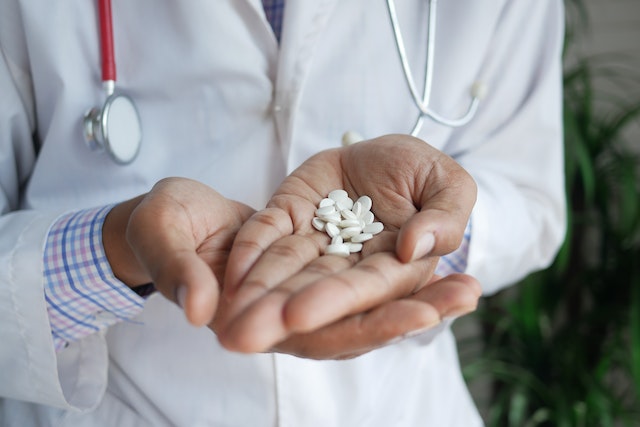
UP mathematicians find safer contraceptive hormone doses
Published: May 9, 2023
By: Eunice Jean C. Patron
The amount of hormones in contraceptives can be reduced by as much as 92% without impacting their effectiveness, new math research from the University of the Philippines – Diliman College of Science (UPD-CS) has found.

Most contraceptives available today contain either or both estrogen and progesterone hormones to block ovulation, the phase of the menstrual cycle wherein an egg is released into the uterus. But while effective, hormonal contraception has its drawbacks: an increased potential for blood clots, heart attacks, strokes, mood disorders, and other health risks.
UPD-CS Institute of Mathematics (UPD-CS IM) Ph.D. Mathematics graduate Brenda Lyn Gavina and Associate Professor Dr. Aurelio de los Reyes V, alongside collaborators Dr. Mette Olufsen of North Carolina State University, Dr. Suzanne Lenhart of the University of Tennessee, and Dr. Johnny Ottesen of the Roskilde University of Denmark, analyzed the hormone levels of 23 women aged 20 to 34 years old with regular menstrual cycles. Their research revealed that estrogen-only contraceptives could work just as effectively even if hormone doses were reduced by as much as 92%. Meanwhile, hormone doses in progesterone-only contraceptives could be decreased by as much as 43% while still achieving the same effectivity.
In their study, the researchers developed a modified menstrual cycle model to track natural hormone levels and the effect of hormones taken through contraceptives. They then applied mathematics to determine the lowest amount of hormones needed to prevent ovulation. Apart from finding lower yet effective hormone dosages, they also found that intaking these contraceptives before the tenth day of the menstrual cycle is just as effective in preventing pregnancy as a daily dose.
The study opens new avenues for further research in hormonal birth control. “With the rapid development of new implants and injections providing continuous administration, there is great potential to implement new treatment scheme minimizing dose,” the researchers concluded in their study, published last April 13 in the journal PLoS Computational Biology.
“Reducing the dosage of hormonal contraceptives has been a longstanding objective of safer contraception. Our modeling/computational study suggests an effective and cost-efficient hormonal contraceptive administration.” Dr. de los Reyes said. “We also hope to build on the current model to investigate reproductive health concerns in women like polycystic ovarian syndrome (PCOS) and ovarian cysts. We would like to caution that our model is not directly translatable to clinical setup (or actual patients) as of yet, but the principles and its proof of concept could be potentially implemented to achieve safe and cost-efficient contraception.”
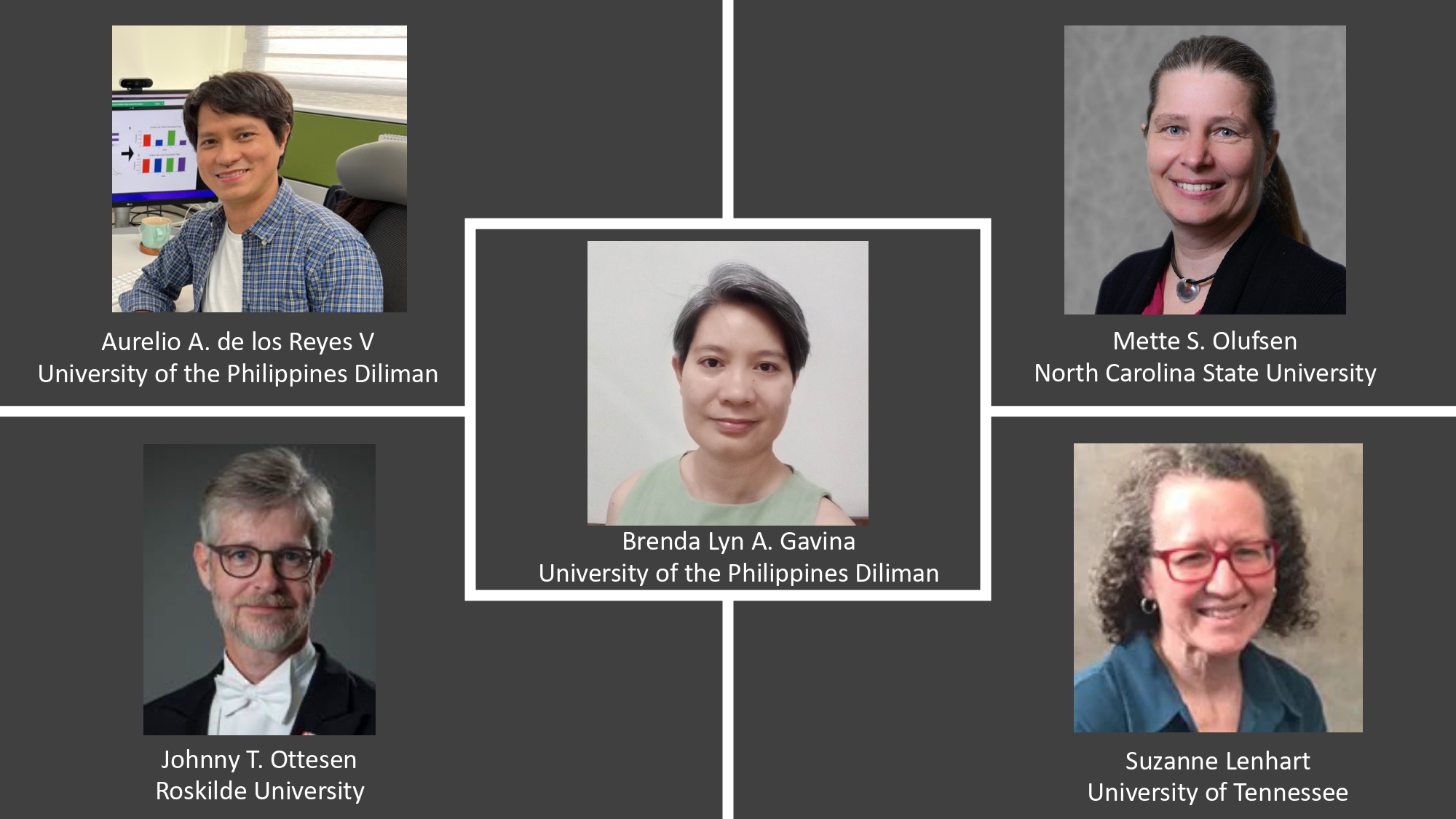
For interview requests and other concerns, please contact media@science.upd.edu.ph.
References:
Gavina, B. L. A., de los Reyes, A. A., Olufsen, M. S., Lenhart, S., & Ottesen, J. T. (2023). Toward an optimal contraception dosing strategy. PLOS Computational Biology, 19(4). https://doi.org/10.1371/journal.pcbi.1010073
UP embarks on pioneering study into ‘Rugby’ abuse
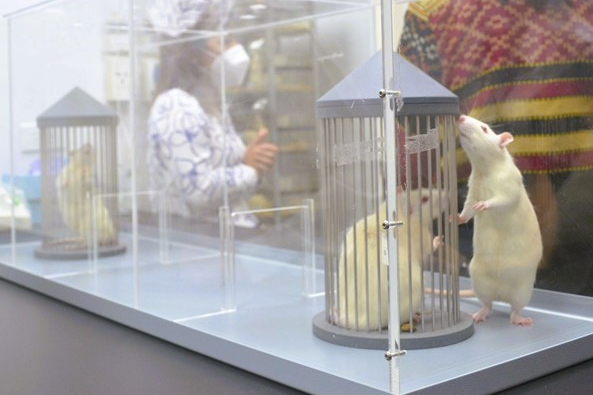
UP embarks on pioneering study into ‘Rugby’ abuse
Published: April 28, 2023
By: Timothy James M. Dimacali
Scientists from across the University of the Philippines (UP) are pioneering a first-of-its-kind multidisciplinary study into the chemical, physical, and psychological impacts of solvent abuse on the country’s thousands of so-called “Rugby boys and girls.”

Novel Approaches to Treatment of Addiction and Depression using Animal Models is a three-year research program spearheaded by the UP Manila National Institutes of Health (UPM-NIH), the National Center for Mental Health, the UP College of Medicine, the UP Philippine General Hospital, and the UP Diliman College of Science Institute of Chemistry (UPD-CS IC). It is being supervised by internationally-renowned neurobehavioral scientist Dr. Gregory Quirk of the University of Puerto Rico School of Medicine.
“Attempts to treat toluene or ‘Rugby’ addiction have been largely unsuccessful due to severe withdrawal and craving symptoms that trigger relapse. What is needed to help adolescents overcome their addictions are new treatments that reduce toluene withdrawal and craving,” said program leader Dr. Rohani Cena-Navarro of the UPM-NIH.
“Rodent models have been used to develop such pharmacological treatments for other addictive drugs, but no such model has been developed for toluene. This collaboration between scientists and clinicians hopes to address this societal problem using laboratory animals,” she added.
This research is being supported by the Department of Science and Technology – Philippine Council for Health Research and Development (DOST-PCHRD).
Origins of the nation’s thousands of ‘Rugby boys and girls’
The densely-populated urban streets of the Philippines are home and playground to as many as one million street children, many of whom are adolescents from the poorest families or even abandoned by parents. Left to fend for themselves, many turn to substance abuse to alleviate their hunger by inhaling toluene—an aromatic hydrocarbon solvent found in cheap and easily-obtainable contact cement, popularly sold under the “Rugby” brand name in local hardware stores.
Estimated to number in the thousands nationwide, these young people eventually develop a physiological addiction and resort to begging, scavenging, or stealing not only to quell their hunger but also to sustain their toluene addiction. Seeing groups of young boys—and girls!—running around the streets sniffing bags of glue has become so commonplace to the ordinary Filipino citizen, that the colloquial term “Rugby boys” is now a widely-used pejorative.
Substance abuse among street children is a long-standing societal issue that requires proper public health intervention. Acknowledging the need for local research to tackle inhalant abuse among adolescents will be very significant in providing recommendations and strengthening ongoing support systems, policies, and interventions.
Addressing social issues and sex differences
So where does science fit into this societal issue? This is exactly what this team of researchers hopes to achieve by developing the first Addiction Research Laboratory in the country, using animal models.
“In the years to come, it is our hope that the establishment of this Addiction Research Program will further open opportunities for research addressing the craving and withdrawal stages of addiction,” said UPD-CS IC’s Dr. Grace Gregorio, who is researching how toluene affects rats in an effort to understand the solvent’s effects on people.
She and her fellow researchers are also looking into sex differences in the effects of toluene exposure, which represents a novel approach that has never been done before. “I bring in my analytical chemistry expertise to this meaningful undertaking by measuring toluene levels in the blood of male and female rodents,” Dr. Gregorio said.
“There is much that we, as a society, don’t know and understand about solvent abuse. One of our research specialists, Jariel Bacar, rightly points out that girls can be affected too—and in very different ways from boys. The project is looking into what these differences are,” she explained.
Developing tailored treatments for solvent-addicted adolescents
The first-ever model of its kind for toluene-based solvent addiction in the Philippines, this research is paving the way for new treatments for overcoming withdrawal and craving. The team hopes to translate their findings for use in human subjects as an attempt in addressing the pervasive drug addiction and chronic relapse in individuals. Such experimental treatments for toluene have not been deeply investigated anywhere else in the world, because inhalant abuse is not as rampant in more developed countries.
Now in its second year, the project has already completed its first two phases: identifying validated methods to quantify toluene in rodent blood and establishing the long-term effects of toluene after chronic exposure. Using validated methods, the team is investigating the effects of chronic exposure that last long after the drug has been stopped. These include increased craving for the drug, increased anxiety, and impaired social functioning, all of which increase the likelihood of relapse following treatment. Novel treatments will be tested to diminish these withdrawal symptoms and restore the brain to its pre-addiction state.
Ultimately, Novel Approaches to Treatment of Addiction and Depression using Animal Models aims to address one of the greatest challenges faced by today’s researchers: interweaving science into the fabric of a complex, busy, and highly diverse society to serve its well-intended purpose to the community that needs it the most. By the end of the project, the researchers hope to have developed tailored treatments for boys and girls who are addicted to toluene.
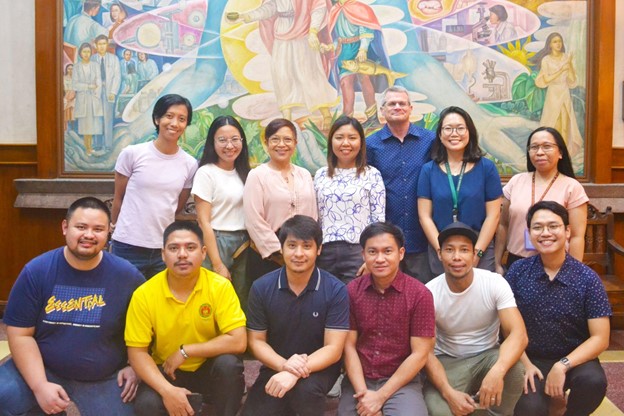
For interview requests and more information on the multidisciplinary research program, Novel Approaches to Treatment of Addiction and Depression using Animal Models, please contact media@science.upd.edu.ph

